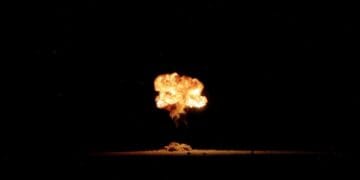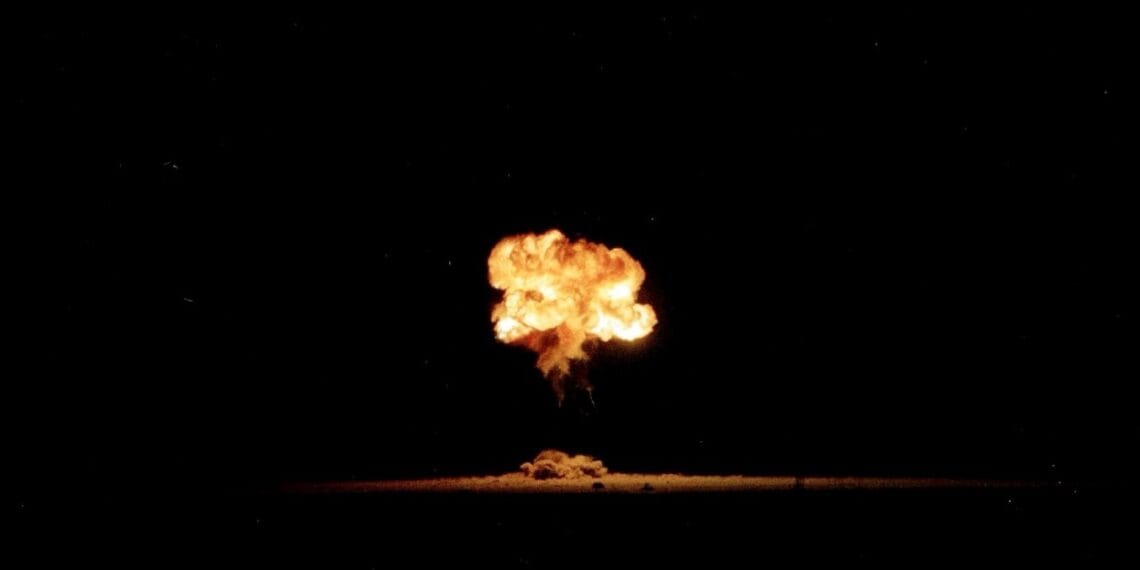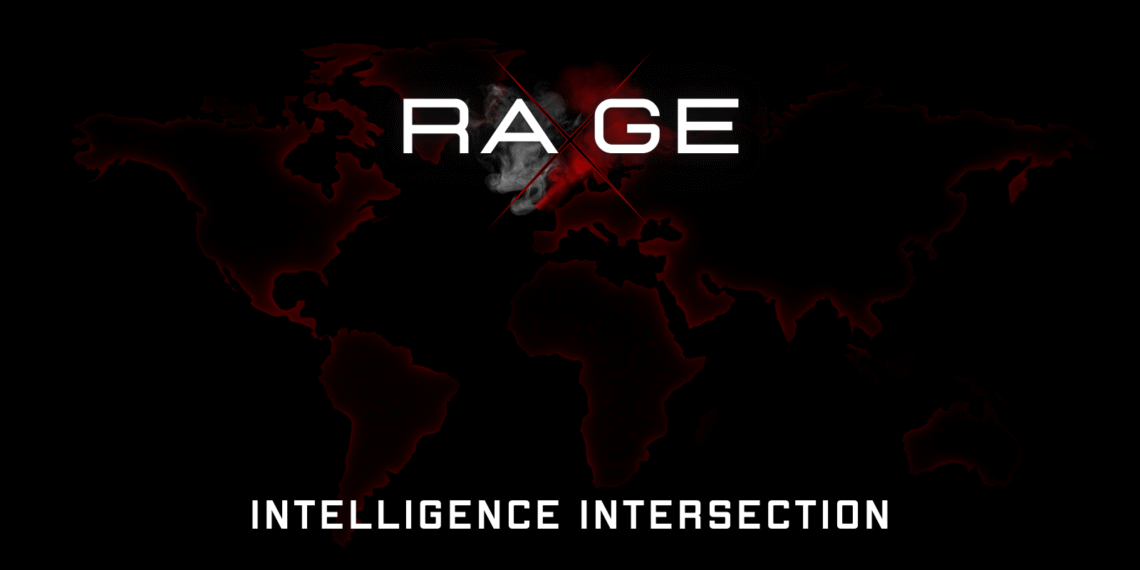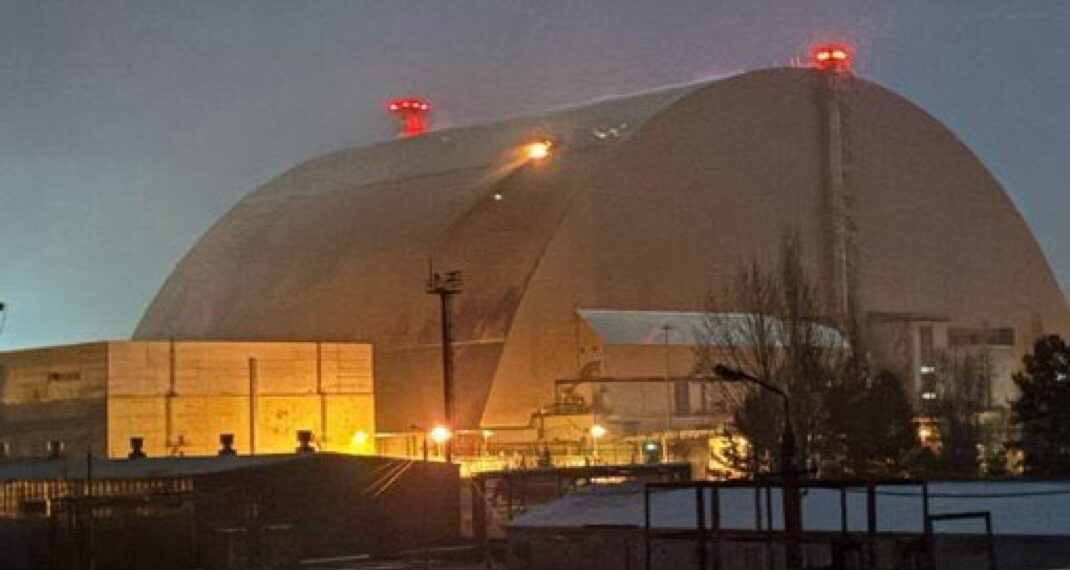“Laplace” Nuclear Test: 1-Kiloton Detonation of XW33 «Fleegle» Gun-Type Nuclear Shell
📍 Location: Nevada Test Site, United States 🇺🇸
On September 8, 1957, the United States conducted the “Laplace” nuclear test at the Nevada Test Site, featuring the detonation of a 1-kiloton nuclear device. This test was particularly significant as it involved the XW33 «Fleegle» gun-type nuclear shell, marking only the third explosion of such a gun-type nuclear design in history after the famous “Little Boy” used in Hiroshima in 1945 and the “Grable” shot during Operation Upshot-Knothole in 1953.
Key Details of the “Laplace” Nuclear Test:
- Test Overview: The “Laplace” test was conducted using a balloon deployment method at a height of 230 meters (approximately 755 feet) above the ground at the Nevada Test Site. The test aimed to evaluate the XW33 «Fleegle» nuclear shell’s design and effectiveness as part of the U.S. nuclear weapons development program.
- Device Tested: The XW33 «Fleegle» gun-type nuclear shell is a gun-type fission weapon, a design that involves shooting one sub-critical mass of fissile material into another to achieve a supercritical mass, thereby initiating a nuclear explosion. This design is relatively simpler than implosion-type weapons but less efficient in terms of yield.
- Significance of Gun-Type Nuclear Tests:
- Historical Context: The first use of a gun-type nuclear weapon was the “Little Boy” bomb dropped on Hiroshima, Japan, on August 6, 1945. The second gun-type test, “Grable,” was conducted during Operation Upshot-Knothole on May 25, 1953, demonstrating the feasibility of using nuclear artillery shells.
- Third Gun-Type Test: The “Laplace” test marked the third instance of a gun-type nuclear device being detonated, further testing the viability of the XW33 «Fleegle» nuclear shell for potential tactical uses, including battlefield deployment via artillery.
Historical and Technical Context:
- Nevada Test Site: Located approximately 65 miles northwest of Las Vegas, the Nevada Test Site was a critical location for atmospheric and underground nuclear testing during the Cold War era. It was chosen due to its remote location and suitability for conducting a wide range of nuclear tests.
- XW33 «Fleegle» Nuclear Shell:
- Purpose: The XW33 was designed for use in nuclear artillery, capable of being fired from conventional artillery pieces. It represented part of the U.S. military’s efforts to develop tactical nuclear weapons for battlefield use.
- Development and Testing: The test of the XW33 «Fleegle» in the “Laplace” shot was intended to verify the functionality and reliability of gun-type nuclear shells under realistic conditions, providing critical data for further refinement.
The “Laplace” nuclear test, conducted on September 8, 1957, remains a notable moment in the history of nuclear weapons development, particularly in the context of testing gun-type nuclear shells. As the third test of such a design following Hiroshima and Grable, “Laplace” contributed valuable insights into the viability of tactical nuclear weapons and shaped the direction of U.S. military nuclear strategy during the Cold War.
NuclearHistory #ColdWar #NevadaTestSite #NuclearTesting #MilitaryHistory
For more detailed studies and historical analysis, refer to nuclear test archives and scholarly works on Cold War nuclear weapons development.












